Environment
Net-zero target is within reach if pursued deliberately
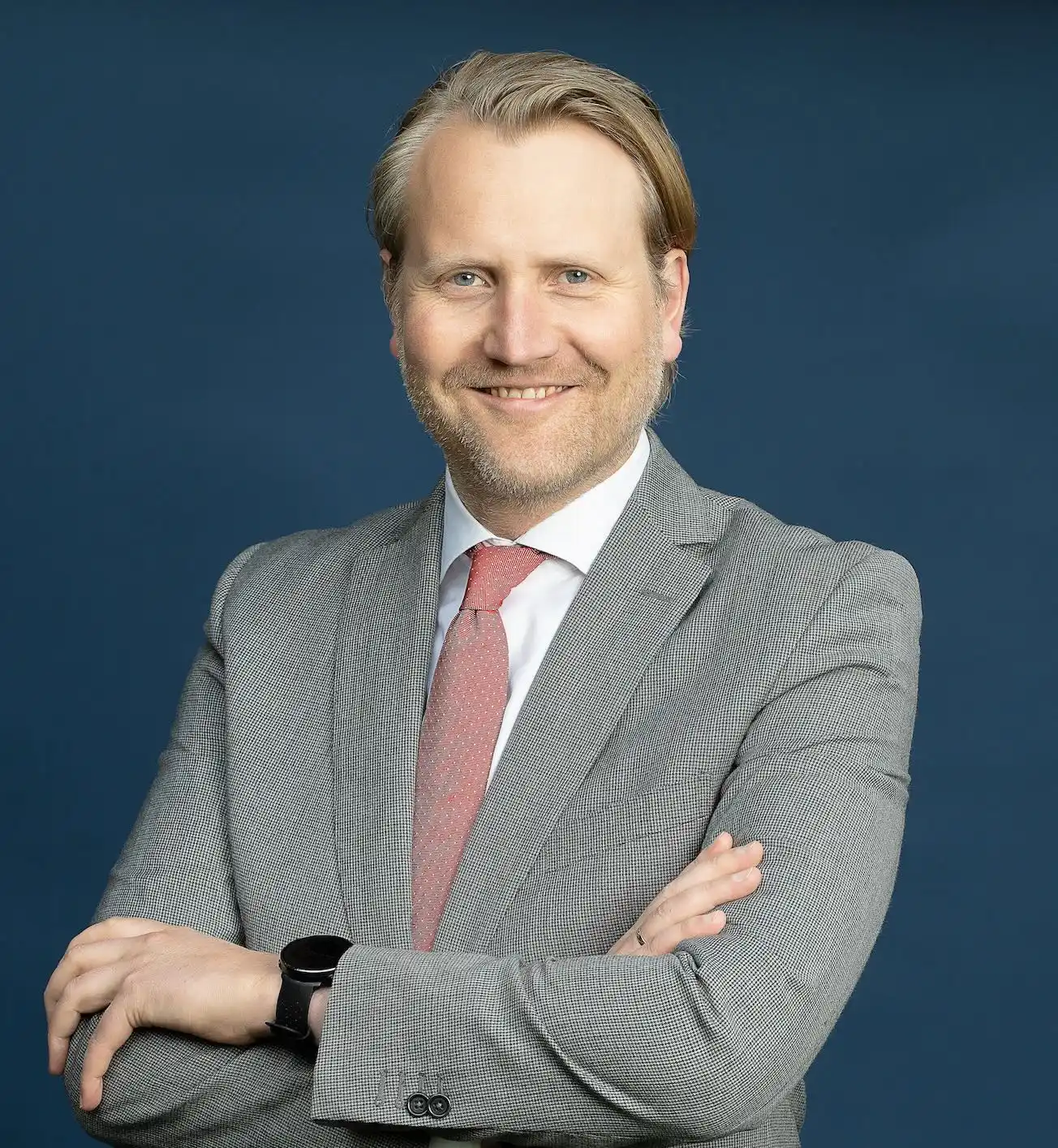
By Marius van der Hama
As of 2022, air travel carbon emissions reached an estimated 800 Mt or 2% of the global energy-related greenhouse gas emissions. And while this was approximately 80% of the pre-pandemic levels, increasing demand for aviation services – projected to grow at between 2% and 5% by 2050 – will ultimately drive up the quantity of carbon emissions generated by the airline industry.
However, this adverse trajectory can be averted. By ramping up innovative aircraft technologies, “streamlining” flight operations and increasing the production and use of sustainable aviation fuels (SAFs), airlines can reduce the generation of carbon emissions by the quantities required to achieve Net Zero earlier than the 2050 target.
At Air France, we have taken the prerogative to accelerate our impact in this regard. For instance, we are continually upgrading our fleets to modern technologies, which generate much lower emissions. As of 2025, we will have added 38 Airbus A350s to our long-haul fleet and 60 Airbus A220s on our short and medium-haul fleet, replacing the A318 and A319 fleets. The new-generation aircraft produce 20% to 25% less carbon emissions, and their noise footprint has been reduced by a significant 40%. They also consume significantly lesser fuel. The aircraft on our fleet currently consume an average of 3.3 litres per passenger/100km. In comparison, the A350 consumes nearly 25% less at 2.5 litres per passenger/100km. This is as the A220 expends 2.6 litres per passenger/100km, thanks to the incorporation of close to 40% lighter materials (lithium aluminium and composite materials) in its construction.
Yet flight renewal is only part of our multi-pronged strategy to reduce the carbon footprint of our airline. We are also pioneering the transition to SAFs, which will be the main lever for decarbonising air transport in coming years. Produced from non-fossil fuel sources, the SAFs selected by Air France reduce carbon emissions by at least 75% over the entire life cycle, and can be used today without any modification to aircraft and flight operations. As part of the supportive ecosystem, we have engaged our customers to support the accelerated adoption of SAFs through a subscription option that allows them to voluntarily contribute during ticketing a fee to facilitate the use of sustainable aviation fuels (SAFs) in our flights, including cargo hauls. Customers are free to choose their level of investment, with a guarantee that their contribution will be exclusively used to purchase SAFs, cleaner alternatives to conventional jet fuel.
Meanwhile, we also run arrangements that favor low-carbon alternatives on shorter journeys, and more energy-efficient flights on longer journeys, helping our customers to minimise the overall carbon footprint of their trips. For example, in France, we have over the last 25 years offered a service that allows our customers to combine train and air travel in the same reservation, with guaranteed connections. This ‘intermodiality’ option is popular with customers travelling to and from Paris-Charles de Gaulle and the Paris-Orly airports, with more than 160,000 travellers using it every year.
Finally, from an operational standpoint, we are implementing eco-piloting techniques that significantly reduce aircraft fuel consumption. For instance, our pilots are trained to use single-engine taxiing, saving up to 700kg of fuel per departure and arrival for the Airbus A350. They also leverage AI-powered tools to optimize flight trajectories for fuel efficiency. Moreover, pilots can use bridge electricity instead of the aircraft’s auxiliary power unit (APU) before engine start-up, further reducing fuel usage.
All the aforementioned efforts align with Air France’s commitment to sustainability and environmental responsibility through prudent energy management and deliberate emissions reduction. By implementing innovative aircraft technologies, including the adoption of fuel-efficient aircraft, and investing in alternative fuels, as well as business practices that are considerate of our energy usage and waste production, Air France continues to set a benchmark for the aviation industry.
The writer is the General Manager for East, Southern, Nigeria, and Ghana at Air France-KLM.
Environment
Africa Data Centres and DPA Southern Africa (SA) breaks ground on solar farm in Free State
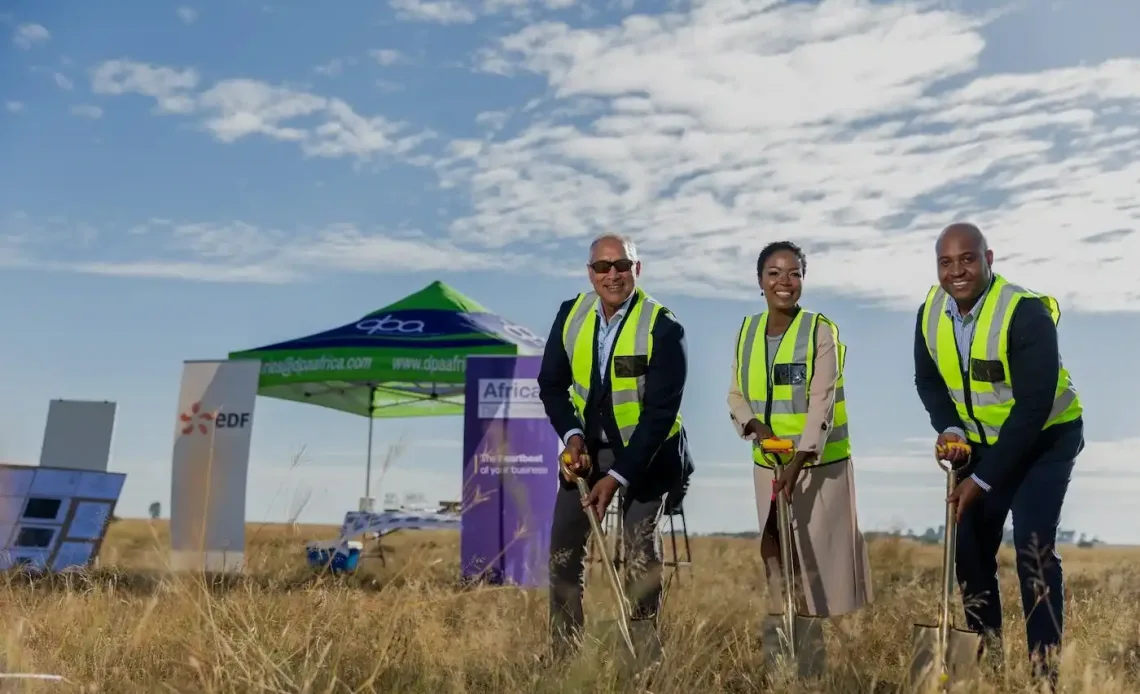
Africa Data Centres and DPA SA have broken ground on their solar farm in the Free State; The first phase will see power getting wheeled to its CPT1 facility; The second phase will see power being supplied to JHB1 and JHB2 once wheeling agreements with relevant municipalities conclude.
Africa Data Centres, a business of the Cassava Technologies group, is pleased to announce that it has broken ground on the construction of a solar farm in the Free State in collaboration with DPA Southern Africa.
This announcement forms a crucial component of the 20-year Power Purchase Agreement (PPA) inked in March 2023 with DPA Southern Africa a joint company of the French utility, EDF. The objective of the Free State farm is to furnish renewable energy to Africa Data Centres sites, commencing with its cutting-edge, carrier-neutral data centre in Cape Town, the CPT1 facility.
According to Cassava Technologies’ President and Group CEO, Hardy Pemhiwa, “This initiative positions Africa Data Centres as a trailblaser in the data centre industry in responding to South Africa’s energy crisis through sustainable technology solutions. This is in line with a broader industry shift towards innovative, eco-friendly practices. The strategic use of solar power showcases technology’s role in pioneering solutions for energy challenges and environmental sustainability”.
Furthermore, Tesh Durvasula, CEO of Africa Data Centres, underscores the commitment to powering all data centres with clean, renewable energy sources. “Today’s announcement represents a significant stride in our initiative to energise South African data centres sustainably, advancing our objective of achieving carbon neutrality. The first phase involves constructing the 12MW solar infrastructure to power our Cape Town data centre, with subsequent phases extending to our Johannesburg data centres.”
Nawfal El Fadil, the CEO of DPA SA, states, “Africa Data Centres, as a pioneer in the data centre industry, has consistently demonstrated a strong commitment to sustainability, aligning seamlessly with our company’s values. We are thrilled and honoured to contribute to Africa Data Centres’ mission of achieving carbon neutrality, beginning with the establishment of this solar power plant in the Free State to serve their data centre in Cape Town. At the heart of our collaboration lies a shared understanding that the path to carbon neutrality extends beyond infrastructure—it demands innovation, expertise, and collective determination to overcome challenges. DPA SA, backed by EDF’s legacy, brings a wealth of experience and a proven track record in delivering high-quality, sustainable energy solutions to this partnership.”
“We take immense pride in supporting Africa Data Centres on this journey, being among the pioneers in launching a wheeling solar plant, thereby paving the way for a greener, more sustainable future in South Africa,” adds Nawfal El Fadil.
This project is a key element of Africa Data Centres’ ambitious plans to emerge as the most sustainable colocation provider on the continent. “Beyond procuring renewable energy, our commitment to an efficiency strategy has earned us the internationally recognised ISO50001 certification for the effective operation of our data centres,” Durvasula elaborates.
“Data centres worldwide face scrutiny for their reliance on grid power and renewables, and Africa is no exception. Africa Data Centres is actively addressing this issue by generating renewable energy, alleviating strain on the local grid. Additionally, our sustainability objectives encompass achieving net-zero status at all facilities, making this project another significant stride towards reaching that goal,” concludes Durvasula.
Agriculture
How Rwandans are Empowering Their Communities through Innovative Solutions
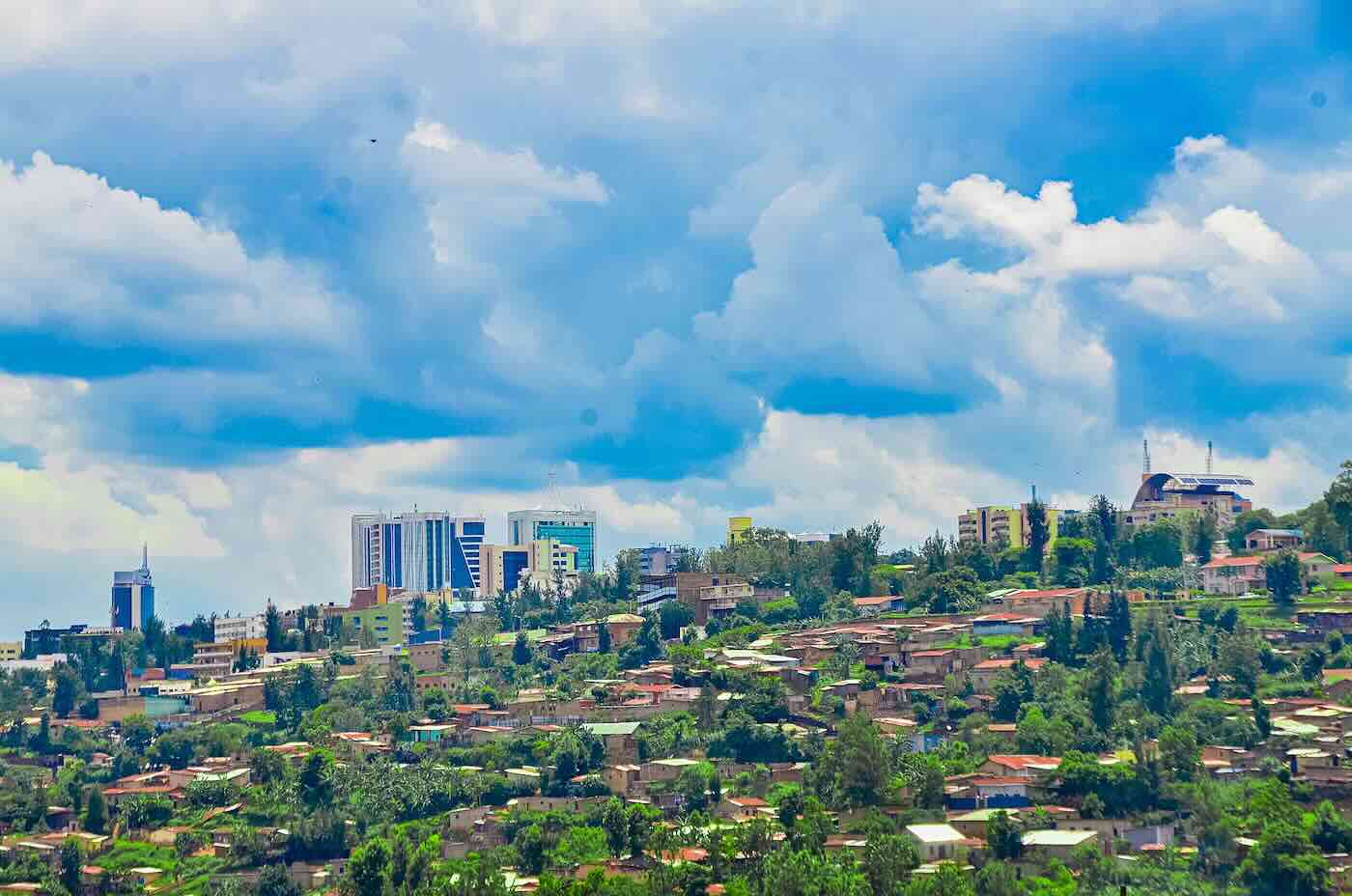
The Open Skies Fellowship in Rwanda effectively trained and chose 15 fellows through two cohorts. In March 2022, the initial cohort’s selection took place at our partner hub, IDA Technology, resulting in the selection of 10 fellows with promising projects. The workshop’s goal was to empower young local experts in cutting-edge technologies, providing them with the knowledge, resources, and skills necessary to transform their ideas from concept to prototype and eventually to market. Following the successful implementation of the first cohort’s projects, Open Skies organized another one-week workshop using the same process, leading to the selection of 5 fellows with outstanding projects for the second cohort. All these fellows were given mentorship and technology loans to support their project’s needs throughout the implementation.
IoT-BASED PROJECTS
In an era where technology continues to shape our daily lives, the Internet of Things (IoT) based devices have emerged as a powerful force in addressing and resolving societal challenges. These innovative devices created by our fellows interconnected through the vast network of the internet, have proven to be useful in finding effective solutions to some of our most pressing issues.
8 fellows worked on IoT-based projects where they came up with devices designed to solve challenges in their community.
Starting with Gasana Junior, He designed his E-Home project as a smart house to improve the quality of life for the aging population and individuals with disabilities. This encompassed features like automated lighting, ventilation, doors, and a crucial focus on security. The field that best captures his project is known as the “Internet of Things, or IoT, which describes devices with sensors, processing ability, software, and other technologies to connect and exchange data between devices and systems using the Internet.
Joselyne Nisingizwe designed the Murinzi Quick Box as an Internet of Things (IoT) device resembling a box filled with protective items such as pads and condoms, along with essential sexual, reproductive, and health information. It is deployed in small communities to provide accessibility to people with disabilities, allowing them to access these resources and report instances of violence conveniently.
Aimable Rubagumya developed a smart poultry farming solution, an innovative approach that harnesses advanced technologies to enhance poultry production. His creation is an Internet of Things (IoT) based system that enables farmers to monitor their coops by collecting data on temperature, humidity, carbon dioxide, ammonia, and dust. This system offers real-time notifications via Short Message Service (SMS) on both offline and online phones, as well as through email, to alert farmers when the hens’ conditions deteriorate, ultimately resulting in increased productivity.
Joyeuse Nishimwe’s idea was simple but involved complex skills using IoT devices. She designed smart beehive technology that allows a beekeeper to receive all the analyzed information related to their beads inside the hive at regular intervals and with the help of digital messaging systems (both via email and via phone).
For example, when the temperature decreases to the extent that bees cannot produce honey, a beekeeper will be notified and apply a normal heating method before bees start to leave. Data for each beehive is collected and presented in such a way that beekeepers can view the conditions of each hive, wherever they are, in real time.
Patrick Kubwimana created an IoT helmet for monitoring the health of people working in mines and underground tunnels. Smart helmets enhance miner safety by integrating sensors, including temperature, humidity, carbon monoxide, and heart rate, onto their helmets. These sensors, particularly the DHT11 which measures both temperature and humidity, provide early warnings for potential dangers such as explosions, flooding, and gas presence in mines.
Noella Abayisenga envisioned a device she calls Handtek, which is essentially a scanner built to check the sanitation status of one’s hands. The goal now is to help eradicate foodborne illness and maintain people’s hygiene through washing hands properly to avoid the spread of microbes. The device utilizes sensors, including a temperature sensor and light motion sensor, along with an ESP 8266 board that does a quick five-second scan and provides feedback. The system employs blue light along with an artificial intelligence system powered by TensorFlow and OpenCV, to analyze captured images.
Vicky Uwase created the Jambo Water Leakage Detection System (WLDS). This is a water leak and pipe burst detection system that will help people to monitor and notify water loss which leads to excessive expenses caused by leakage or frozen pipes. This system monitors the way water flows and if any leakage or pipe burst is detected it immediately sends a warning notification to a linked user’s smartphone or maintenance teams in charge. Jambo WLDS can also detect the temperature inside a pipe so it can notify the user or the technical team in case the temperature increases or drastically decreases within a pipe.
Kevine Giramata created a ‘’Safe baby app’’ whose system, based on IoT, employs sensors to monitor baby movements and activities, providing real-time information to parents. It assesses the baby’s well-being using humidity and temperature sensors. With machine learning, it can detect abnormal conditions and send timely notifications, either through SMS or a mobile app, addressing the challenge parents face with continuous child monitoring. The system is also trained to identify and alert parents to suspicious activities.
BUSINESS-RELATED PROJECT
Emmanuel embarked on a mission to build a cost-effective and widely accessible radio station that utilized his community’s available resources. By proposing innovative antenna construction methods, such as mounting on rooftops with materials like cement blocks, he aims to overcome geographical constraints and address frequency-related issues caused by increasing building structures. Beyond improved accessibility, the project seeks to inspire the younger generation, fostering critical thinking and intellectual growth. Building a radio station in his village was a commitment to community empowerment, youth inspiration, and contributing to societal well-being, marking a path for growth and development in Rwanda’s landscape.
VIRTUAL REALITY PROJECT
Babu Kamanzi as an advocate of virtual reality in education, Babu created a curriculum that can be integrated into VR sets with the purpose of enhancing the education system and classroom engagements of students in Rwanda. He gives the example of medical students, who instead of learning heart surgeries on real patients, can train on virtual patients with realistic simulations. Giving users the chance to practice and develop skills without real-world risks is one of the biggest advantages of VR solutions, and Babu hopes the adoption of VR and other emerging technologies in Rwandan high schools will help students learn in new and exciting ways.
CLIMATE CHANGE PROJECTS
Determined to make a difference, Zipora Shimwa decided to take matters into her own hands and embarked on a journey to revolutionize the way people cooked in her community. The result was a Smart Solar Thermal Cooking System (SSTCS) that would harness the power of the sun to provide a sustainable and efficient cooking solution. The SSTCS is an innovative cooking system with six key components: solar collectors, thermal energy storage, a smart control unit, an evacuated tube, a solar tracker, and a stove. Its high-efficiency solar collectors capture sunlight to ensure optimal performance, even on cloudy days. The thermal energy storage system enables uninterrupted cooking during low solar radiation periods, enhancing reliability.
Janviere Ingabire worked on a project called Home Cooking Gas Security, which aims to create an IoT device equipped to detect gas leaks, encompassing aspects such as gas type, sensor specifications, measurement range, alarm mechanisms, output control, response time, and operating temperatures (-10 to +55 Celsius). Crucially, the device not only identifies gas leakage but also takes preventive action by automatically blocking the gas supply before an accident can occur.
Denise Byukusenge Noticing the power challenges in certain regions of Rwanda, including her province, where access to large-scale hydroelectric power is limited and even simple tasks like getting a haircut require expensive transportation, Denise came up with solutions for those living far from electrical networks and facing economic hardships. She developed a project focused on generating energy from sustainable biogas, specifically derived from cow dung and toilet waste. With the goal of providing electricity access to individuals in her community.
A Geographic Information System (GIS) project
Evelyne Iradukunda her Campus Navigation System aims to empower students by providing a portable solution for seamless campus navigation. Utilizing ArcGIS, Evelyne converted the data into comprehensive maps, including class locations. This information was then transformed into shape files and integrated into code using Visual Studio Code with Leaflet. The Campus Navigation System aims to empower students by providing a portable solution for seamless campus navigation. Through a user-friendly digital interface with detailed maps, it addresses the challenges of being late to class and finding exam venues, showcasing the convergence of land surveying and technology to solve practical issues for students on campus.
Rwanda is referred to as the leading African country when it comes to technology, which is why it was easy for the project to be implemented in two cohorts in the country. Furthermore, Rwanda has been actively fostering a conducive environment for technology and innovation. There’s a growing ecosystem of tech startups, hubs, and initiatives, indicating a commitment to technological advancement. With this being said, the program has been successful as some fellows have been funded to further their projects and turned their business ideas into businesses, and others have acquired scholarships that will help develop their projects.
Also Read: How Congolese Youth Are Using Technology to Make a Difference
Environment
How Congolese Youth Are Using Technology to Make a Difference
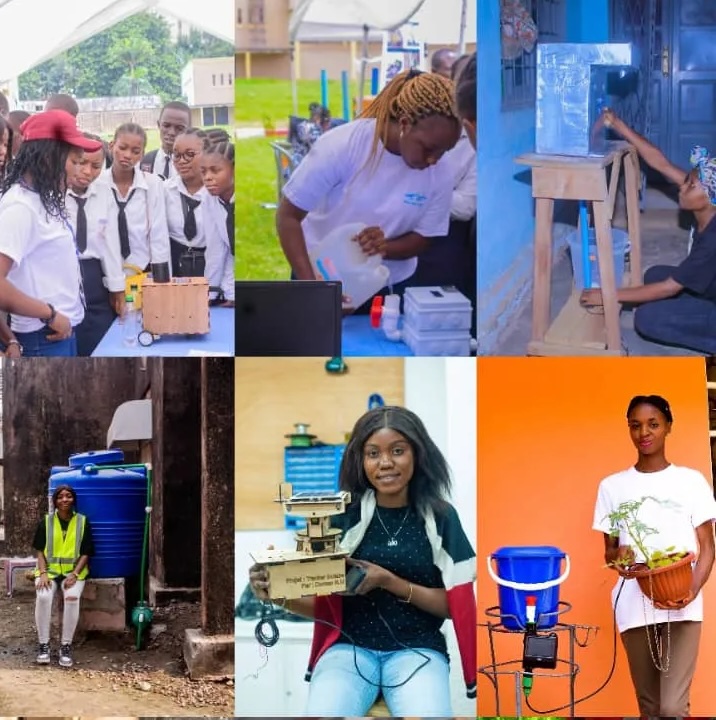
This article was first published by OpenMap Development Tanzania
“Open Skies Fellows,” a fellowship program led by OpenMap Development Tanzania in collaboration with Uhurulabs and the Humanitarian OpenStreetMap Team, is designed to support youth and give them a chance and responsibility to gain social and technological skills to leverage their potential to solve community challenges using technology.
In 2022 OSF expanded its wings to DRC where we explore the minds of young people, the selection of fellows started with a week-long workshop where 22 girls showed up with awesome project ideas at the workshop, and by January 2023, 10 projects that stood out the most were selected and got a chance to be funded.
This blog covers the projects that were conducted by the first cohort of fellows in the Democratic Republic of Congo.
For the first cohort of Openskies in DRC, there are 10 projects, all of which serve a purpose in our society, whether it is climate change issues, education, finance, energy issues, agriculture, or afforestation and deforestation issues.
Water-related projects
In the first cohort, 3 of the 10 projects were based on Water Systems and how technologies can be used to provide water in good quality and quantity,
Marceline Nsimire worked on photovoltaic pumping, which is a system consisting of using solar panels to power a water pump, making it possible to draw water from a natural source such as a well or a river and store it in reservoirs for later use. The use of solar energy to drive the pump offers a sustainable and economical solution for irrigating crops, watering livestock, or supplying households with drinking water.
Rachel Kiwewa developed an automatic water distribution system, which automatically extracts the exact amount of water in liters requested from a water well, using an Arduino microcontroller, ultrasonic sensor, LCD SCREEN, and point of sale powered by solar. And the last one
Dieuvie Iyaba developed a smart water meter with an application that is a tool that allows you to measure water flows and then transmits it to an application that will help users track water consumption and see real-time billing.
Projects related to Apps development
Four fellows developed tools that can work with application, meaning it doesn’t need humans. Been to work, it can work even at a distance without an effort made by a human.
First, we have Grace and Ena, two fellows who worked together on a project called Fungola Car a tracking system consisting of an electronic kit with a GPS receiver receiving location coordinates, direction, speed, altitude, and time from surrounding satellites every 4 seconds. The latter communicates to a mobile application serving as a user interface for the driver or owner, allowing them to see in real-time where the vehicle is and to lock and unlock it remotely if necessary.
The second one is Louange Bosso who developed a smart trash can with an application that is a computerized system put in place to detect the trash can, once the trash can is full, the application will send a notification to let the owner know that the trash is full, so she/he can take out the trash.
The third one is Valerie Bosaki who developed a traveling elevator that allows people to carry weight when working at high height places with much more safety while minimizing the risk of harming themselves this traveling elevator only concerns people who carry weight out work at high heights.
Then Amina developed an automatic and connected drip irrigation system by the name of Moloni tech which is an automatic and connected drip irrigation system that has its origins in IOT applied to agriculture, to help farmers irrigate their land efficiently and reduce their water consumption.
Solar Tracker by Dorcas Bangamingi She created a solar tracker. It’s a rotating solar panel system that traps solar energy in the panel and then transforms it into electricity. When there is no electricity, it can last up to 4 hours. It can rotate following the direction of the sun and it has an alarming system that can notify users through SMS for repair. The prototype that has been developed can only charge phones and switch on the light.
Transforming Organic Waste into Biogas: A Project for a Healthy Environment, a Diversified Economy, and Climate Change Mitigation
Developed by Nadege Mukanisa the vision of this project is to recover organic waste for a healthy environment and a diversified economy. The project is developed so it can help transform Organic Waste into Biogas: by Developing a system to efficiently transform organic waste into biogas for heating purposes. She is looking forward to reducing Youth unemployment by Creating employment opportunities, particularly for young individuals through the various phases of the project. Lastly, it addresses deforestation by providing an eco-friendly alternative to traditional heating sources, contributing to the fight against global warming and climate change.
Despite COVID-19 hindering project implementation in the DRC, we have managed to get 10 strong projects that will make an impact on society, Since most people have a negative perception of this country this project implementation was a win-win and a way to show Africans that DRC is a safe country and has many innovative youth that are ready to change the world.
For more insight into the Open Skies Program visit: https://openskiesfellows.org/
-
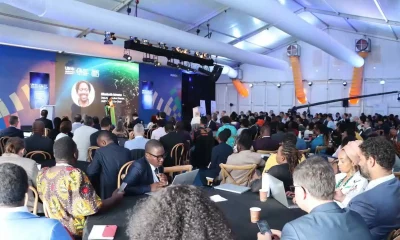
 Environment11 months ago
Environment11 months agoKEPSA Underscores the Role of Circular Economy in Meeting Equitable and Just Environmental Goals
-
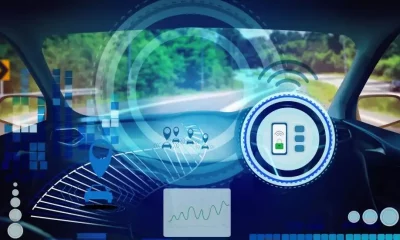
 Innovation11 months ago
Innovation11 months agoBritam uses technology to offer premium relief for Motor insurance Customers.
-
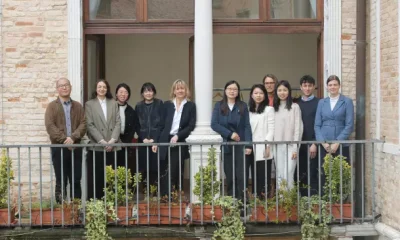
 Education10 months ago
Education10 months agoUNESCO and Huawei Technologies embark on a transformative journey to reinvigorate STEM education
-
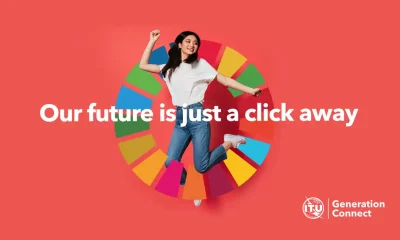
 Education11 months ago
Education11 months agoGeneration Connect Young Leadership Programme in Partnership with Huawei
-
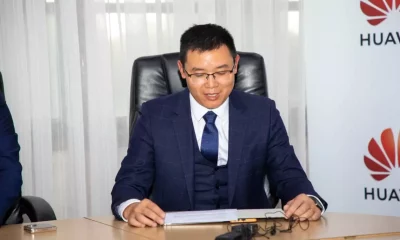
 Education11 months ago
Education11 months agoDigischool: Lessons in Connecting Kenya’s Schools
-

 Environment11 months ago
Environment11 months agoSamsung Electronics leads the way in e-waste management
-
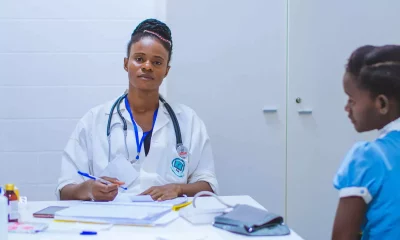
 Healthcare11 months ago
Healthcare11 months agoHow health platforms can improve healthcare in the Global South
-
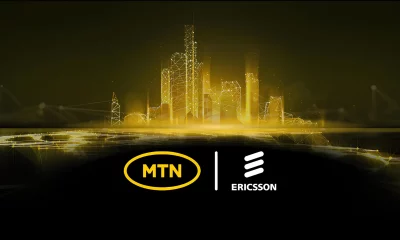
 Innovation11 months ago
Innovation11 months agoEricsson and MTN Group Partner to Elevate Business and Operations Support Systems for Innovation and Growth in Africa







